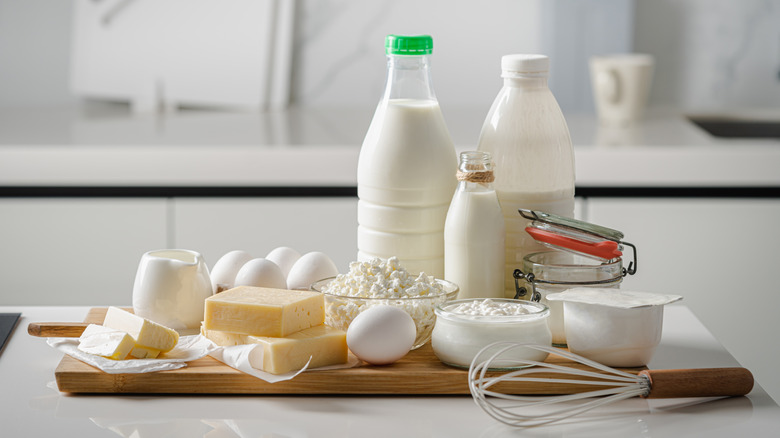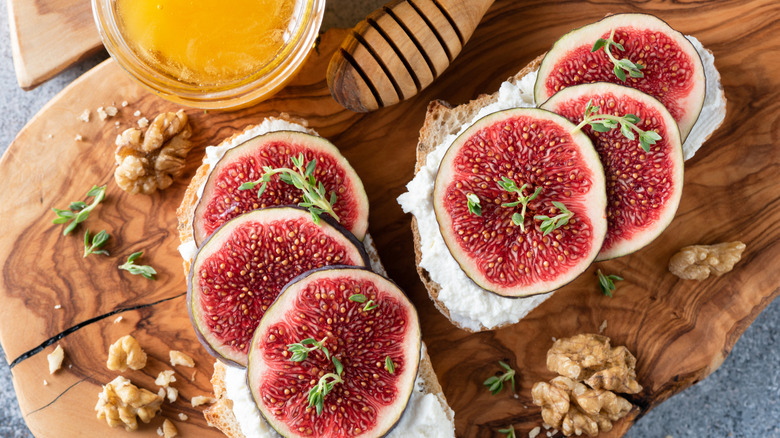The Differences Between Ricotta Vs Cottage Cheese (And When To Use Each)
We may receive a commission on purchases made from links.
Fresh cheese is delightful, convenient, and so much fun to eat! But what is the difference between ricotta cheese and cottage cheese? Let's start with the similarities. They are both young (not aged), mild, moist, and creamy spreadable cheeses that have similar textures, flavors, and uses. Both cottage cheese and ricotta cheese can easily be made at home, found in your local grocery store or on Amazon, and kept in an air-tight container in your fridge for about a week. The differences lie in their history and subtleties.
Ricotta means "recooked" in Italian and began as a strategy to use leftover whey after making cheese. Once done with the cheese-making, Italians would recook the leftover liquid (or whey) with enzymes to get one more use out of it. The newly formed curds would be collected and strained into ricotta. Cottage cheese, on the other hand, is thought to be the first American cheese. It was made in farmhouse cottages with milk left over after making butter. Home cooks would reheat the milk with enzymes to make curds, then strain it, and enjoy. So the most obvious difference between the two cheeses is that ricotta is made from cheese whey (most commonly from cows in the United States, but also sheep, goats, or water buffalo) while cottage cheese is made from fermented cow's milk.
Best uses for ricotta versus cottage cheese
You will find more subtle differences between these cheeses in texture and taste. Ricotta is extra spreadable with a sweeter flavor, depending on the type. Cottage cheese has firmer curds with a saltier and more sour flavor (available in small, medium, and large curds based on how it is cut). The beauty of these two cheeses is that they are blank canvases for a multitude of uses, both sweet and savory. In order to make a choice between the two, lean on your preferences for consistency and strength of flavor.
Try ricotta for breakfast in a bowl topped with fresh berries and cinnamon, smeared on a crusty baguette with prosciutto, figs, and honey, or blended into orange ricotta pancakes. It's also perfect in classic lasagna or to enhance almost any creamy pasta sauce. And for dessert, ricotta elevates cheesecake and cannolis to new heights. For cottage cheese goodness, the salty flavor is exciting when mixed with apple butter and topped with sliced apples in the morning. It's also great on bagels with lox, red onion, and capers or with sliced tomatoes, basil, and olive oil. Be sure to try cottage cheese in mac and cheese, in mashed potatoes, and in several other unexpected ways. And like ricotta, it is also tasty in desserts. Try it in chocolate mousse, strawberry blintzes, and this high protein pumpkin cheesecake. Whatever your choice, you can find new ways to taste this old tradition.


